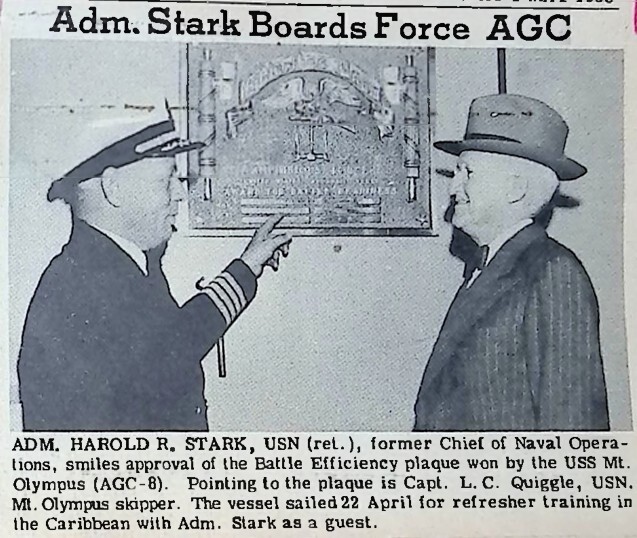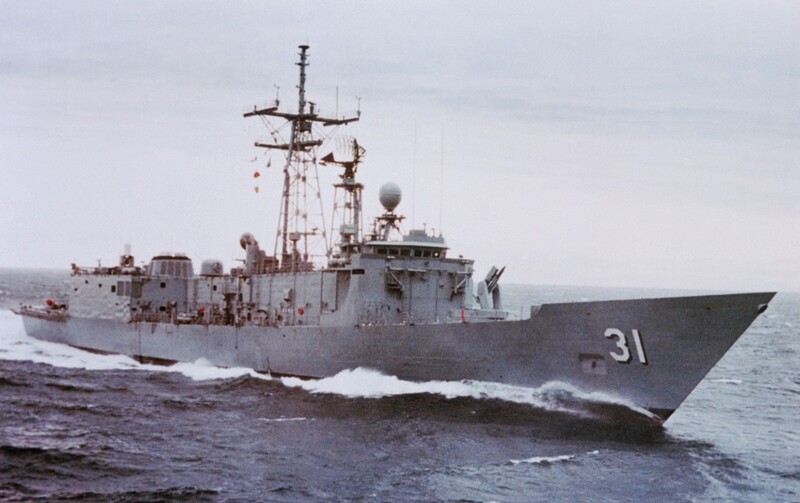Post-war Career
After World War II ended, Admiral Stark retired from active naval service in April 1946 at the age of 65. His retirement came after nearly 43 years of naval service and followed a controversial period where his actions before and during the Pearl Harbor attack were scrutinized by multiple investigations. Upon retirement, Stark largely withdrew from public life. He settled in Washington D.C., where he maintained a modest lifestyle. Unlike many high-ranking military figures who went on to lucrative business careers or political appointments, Stark chose a more private retirement, involving various donations to Wilkes University and minor social events.
Stark maintained close relationships with naval colleagues, particularly with Fleet Admiral Ernest King, despite their occasional professional differences. He spent his retirement years with his wife, Katherine, and enjoyed time with his children and grandchildren. Admiral Stark had a series of competitive boat races done in his honor, near Wilkes-Barre, at Lake Carey in Tunkhannock. He states that this was something that he was particularly proud of. Stark had learned to boat and swim in Lake Carey, so he had a strong connection with the lake. It is likely he played a part in these races being established. Admiral Stark owned a small aircraft, which he often used to travel between his home in D.C. and his house on the lake.
Admiral Harold R. Stark died on August 20, 1972, at the age of 91 in Washington D.C. He was buried with full military honors at Arlington National Cemetery. The Navy later named a guided-missile frigate, the USS Stark (FFG-31), in his honor in 1980, recognizing his lengthy service to the nation.


